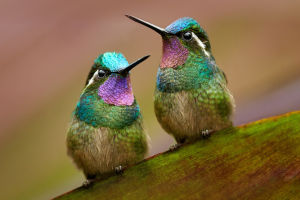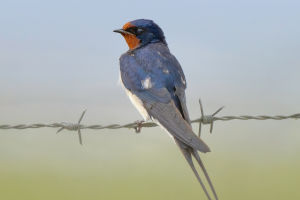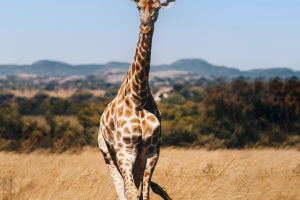Lykkers, prepare to be amazed by the incredible cheetah, an animal that embodies the power of speed and grace on the African savanna.
Famous for reaching speeds up to 70 mph (113 km/h) in short bursts, cheetahs have adapted to be one of nature’s most efficient hunters.
With their lean, flexible bodies and specialized claws, cheetahs are built for sprinting rather than endurance, making them unique among big cats. Let’s take a closer look at this phenomenal predator and uncover what makes it such a remarkable animal.
Appearance
Cheetahs (Acinonyx jubatus) are known for their slender, lightweight frames, long legs, and distinctive black spots that cover their golden-tan fur. Their spotted coat serves as excellent camouflage, blending them into the dry grasslands where they hunt.
Unlike other big cats, cheetahs have black "tear marks" running from the inner corners of their eyes down to the sides of their mouth. These marks help reduce glare from the sun, enhancing their focus on prey during hunts. They typically weigh between 70-140 pounds (32-63 kg), and their long tail, which has black rings near the tip, acts as a stabilizer during high-speed chases.
Habitat
Cheetahs primarily inhabit grasslands, savannas, and open plains across sub-Saharan Africa. These landscapes provide the open space needed for their high-speed pursuits and a plentiful supply of prey.
Unlike lions and leopards, cheetahs avoid dense forests and rocky areas where sprinting is difficult. In Africa, cheetahs are most commonly found in countries like Namibia, Botswana, and Kenya, where conservation efforts help protect their natural habitats from encroachment.
Diet and Hunting Technique
Cheetahs are carnivores that rely on a diet of small to medium-sized ungulates like gazelles, impalas, and springboks. They’re also known to hunt young wildebeest, hares, and birds when their preferred prey is scarce. Cheetahs hunt by sight, using their exceptional vision to scan the horizon for potential targets. Once they lock onto prey, they approach as closely as possible, often within 100 feet, before launching a rapid sprint.
A cheetah’s chase rarely lasts more than 20–30 seconds due to the immense physical strain it exerts. During this short burst, they can reach speeds of up to 70 mph (113 km/h), using their tail for balance and their semi-retractable claws for grip. After a successful hunt, cheetahs eat quickly to avoid encounters with larger predators like lions and hyenas, which often steal their kills.
Cheetahs 101 | Nat Geo Wild
Video by Nat Geo WILD
Social Structure and Behavior
Cheetahs have a unique social structure among big cats. Males often form small groups known as coalitions, usually consisting of brothers who stay together for life. This coalition structure gives male cheetahs a territorial advantage, allowing them to defend larger hunting areas from rival males. Female cheetahs, on the other hand, are solitary and tend to be nomadic, moving across large territories to find food for themselves and their cubs.
Females only interact with males during the mating season, after which they raise the cubs on their own. Cheetah cubs stay with their mothers for up to two years, learning essential hunting and survival skills before venturing off independently.
Conservation Status
Currently, cheetahs are classified as vulnerable, with an estimated 6,700 individuals remaining in the wild. Their populations are under significant pressure due to habitat loss, human-wildlife conflict, and the illegal pet trade. Fragmented habitats make it difficult for cheetahs to maintain genetic diversity and access enough space for hunting.
Conservation organizations are working tirelessly to create protected areas and educate local communities about the importance of preserving cheetah habitats. Programs like habitat corridors, which connect isolated populations, are vital for ensuring the long-term survival of these incredible animals.
Cheetahs are not just remarkable for their speed; they’re a symbol of adaptability and resilience in a world that’s constantly changing. Observing a cheetah in action is truly mesmerizing, and it serves as a reminder of the beauty and diversity of the animal kingdom. Whether you’re a wildlife enthusiast or simply intrigued by nature’s fastest land animal, the cheetah’s story is one of survival and awe-inspiring evolution.


